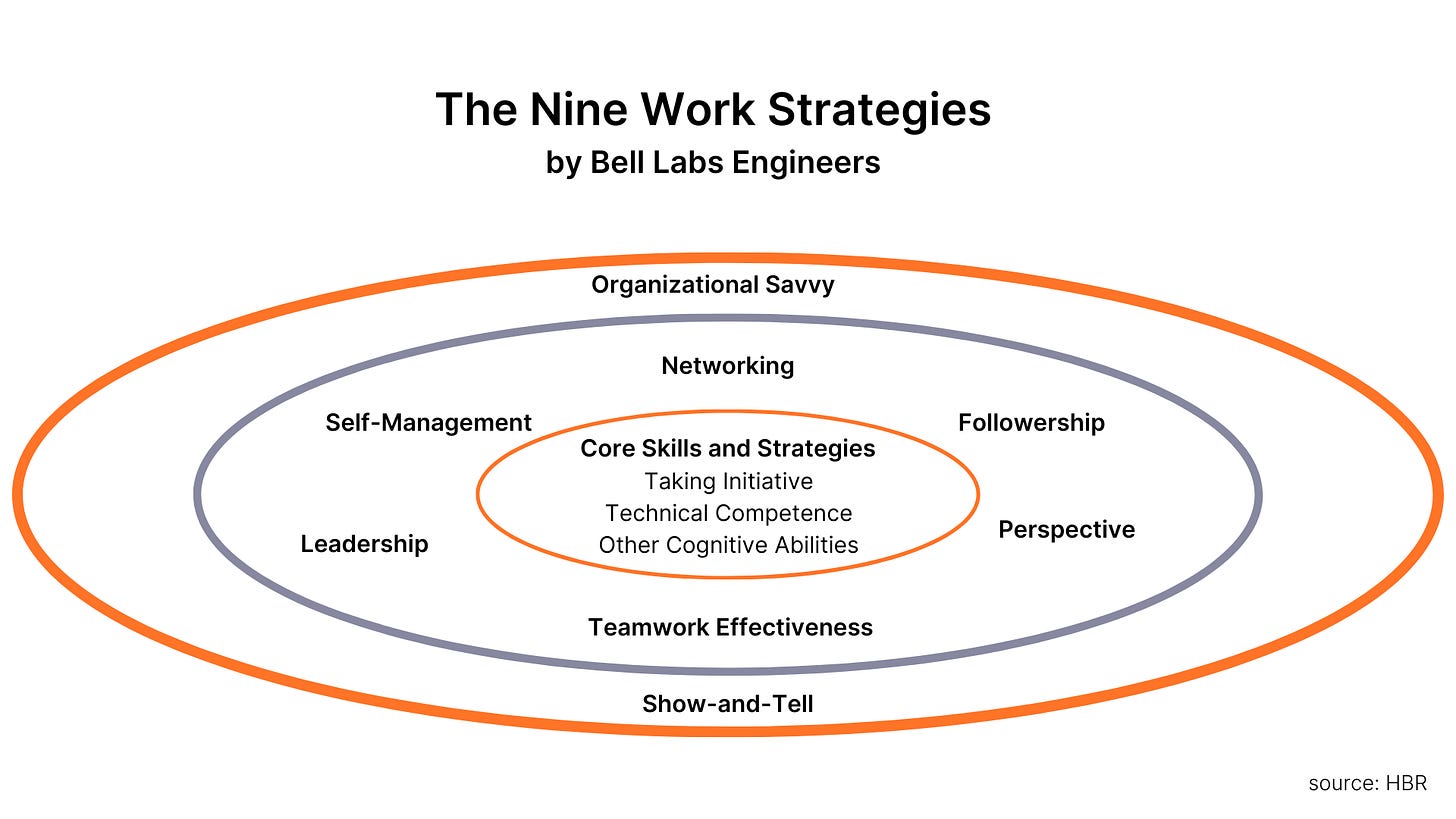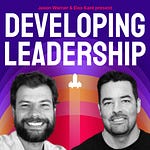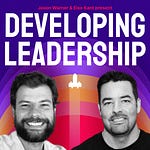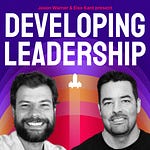Erik Bernhardsson joins us on the podcast to chat about building engineering teams and the delicate balance between innovation and productivity as organizations grow.
Erik has been scaling engineering teams for years. In its early days, he managed the analytics and machine learning teams at Spotify. Next, he grew Better's engineering team from 0 to 300, where he was CTO until the beginning of 2021. Erik is now working on a yet-to-be-named project that will bring exciting new tools to data teams.
In this episode, we also shared our views on team mentalities, skunkworks projects, and more as we tried to answer the question: "what is success in engineering?"
🛠 Shapley Value
The Shapley value is a concept used in game theory which consists in fairly distributing both gains and costs to several actors working in coalition. The Shapley value applies primarily in situations when the contributions of each actor are unequal, but each player works in cooperation with each other to obtain the gain or payoff.
The Shapley value ensures each actor gains as much or more as they would have from acting independently. The value obtained is critical because otherwise there is no incentive for actors to collaborate. Shapley value–which is named after Lloyd Shapley–has many applications, including business, machine learning, and online marketing.
Source: Investopedia
Erik mentions the Shapley Value when trying to answer the question "what is success in business?" and how answering this question could help us hire better. Erik says you could theoretically use the Shapley Value, but it doesn't work when you put it into practice. Why? Because people add value to your business in different, often unexpected ways, you compute using a formula.
🛠 Skunkworks Projects
A skunkworks project is a project developed by a relatively small and loosely structured group of people who research and develop a project primarily for the sake of radical innovation. The term originated with Lockheed's World War II Skunk Works project.
Source: Wikipedia
Communications theorist and sociologist Everett Rogers defined it as an "enriched environment that is intended to help a small group of individuals design a new idea by escaping routine organizational procedures." In the episode, we discussed how to address skunkworks proposals as a manager and the value, yet risk, they can bring to your engineering org.
🛠 Tayloristic vs Bell Labs Approach to Management
One of the main themes of this episode is how to balance productivity and innovation, so we had to mention two spectrums that the Tayloristic vs Bell Labs Approaches to management.
Here's a quick background of each approach:
Taylorism (aka scientific management) is a management theory pioneered by Federick W. Taylor. It uses scientific methods to analyze the most efficient production process to increase productivity. Taylor's scientific management theory argued it was the job of workplace managers to develop the proper production system for achieving economic efficiency.
In this approach, each employee is like a cog in the machine, fulfilling only their assigned tasks to ensure efficiency and speed. Innovative thinking is exclusive for those higher up in the company chart.
Nokia Bell Labs was founded in 1925 by Alexander Graham Bell and is one of the most important centers of innovation in the world. Focused mainly on long-term, no immediate payoff research, Bell Labs engineers experience a high level of freedom in research and work. Some innovations to come out of Bell Labs were: the transistor, the solar battery cell, the fax machine, touch-tone dialing, the early communications satellite, and much more.
We recommend this article by Harvard Business Review, which offers an in-depth look into how Bell Labs creates outstanding performance and productivity.
Here's a key takeaway from how Bell Labs' engineers work:
🛠 V2MOM
V2MOM is a management process created by the CEO of Salesforce, Marc Benioff, to maintain alignment as his company exponentially grew.
The acronym V2MOM stands for:
Vision — what do you want to achieve?
Values — what's important to you?
Methods — how do you get it?
Obstacles — what is preventing you from being successful?
Measures — how do you know you have it?
Benioff says that "Although there are many leadership paradigms and frameworks available to executives these days, the V2MOM approach offers the virtue of simplicity. It is easy to digest and implement.
Learn more about the V2MOM management process from Marc Benioff himself
🛠 DJ Patil's White House Card Tweet
Pinned at the top of Jason's Twitter profile is a photo from DJ Patil's blog post "Class of 2020: from one data scientist to another", which is a card that Patil kept in his notebook during his time in the White House as the U.S. Chief Data Scientist.
This card is a great reminder for engineers and engineering leaders, which is why it deserves a spot at the top of Jason's profile.
The first part of the card is:
Dream in years
Plan in months
Evaluate in weeks
Ship daily
The second part of the card is:
Prototype for 1x
Build for 10x
Engineer for 100x
The third section is:
What’s required to cut the timeline in ½?
What needs to be done to double the impact?
Here's Jason's Tweet:
Join the discussion and follow us on twitter @ devleadership_
Developing Leadership is a podcast presented by Athenian. We are introducing the world of engineering to metrics and data that improve processes and help teams. If you want to learn more about data-enabled engineering, go to athenian.co
















Share this post